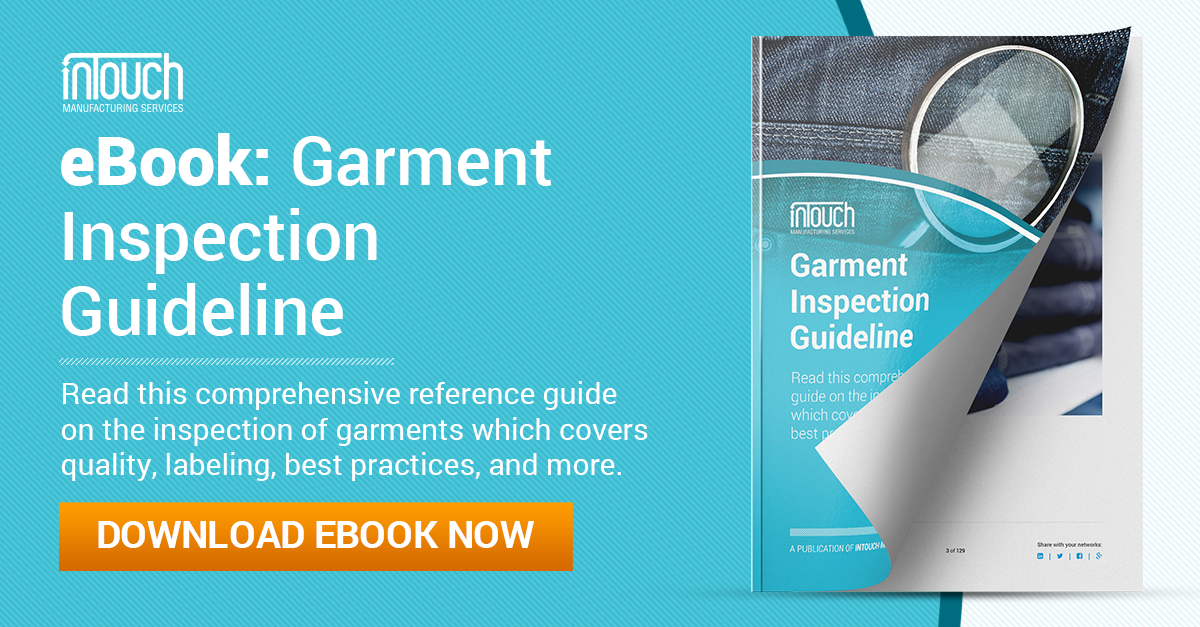Leather is one of the most versatile materials in fashion, lending itself to everything from pants and jackets to accessories like shoes, belts, watch bands, bracelets, handbags, and more.
Few materials carry the same appeal and status as genuine leather when it comes to fashion. In addition to being durable, protective, and long-lasting, consumers love the material because it gives the impression of wealth, luxury, and status.
But leather accessories also come with high expectations. Shoddy craftsmanship and low-grade materials are not going to pass by unnoticed by your target consumers.
If you’re a brand or retailer that sells leather fashion accessories, producing a truly high-end product is necessary if you want it to sell. And that means paying special attention to quality control during the leather manufacturing process.
Quality Control Issues In Leather Manufacturing
Quality control should begin with the inspection of the incoming leather materials. This is referred to as Pre-Production Inspection (PPI) and it generally takes place before constructing the final product.
During the PPI, it’s important to inspect the leather hide for the following issues:
Leather Imperfections
Leather is a natural material, and it can have imperfections such as scars, wrinkles, and blemishes. Quality control ensures that these imperfections are properly assessed, and only the appropriate pieces of leather are used for manufacturing.
Incorrect Splitting
If splitting is not done accurately, the thickness of the leather may vary, affecting the end product's quality.
Insufficient Tanning
Incomplete or inadequate tanning can result in leather that is not fully stabilized, leading to issues like discoloration, poor dye penetration, and reduced durability.
Uneven Dyeing
Inconsistent dyeing can cause variations in color across the leather, leading to rejected or low-quality pieces.
Finishing Problems
Incorrect buffing, polishing, or coating can affect the leather's surface appearance, resulting in inconsistencies or defects.
Quality Checks to Perform on Leather Products
Maintaining consistency in leather quality across batches and different production runs is crucial for brands and manufacturers to maintain their reputation. Every product you sell needs to have the same functionality and appearance or you run the risk of disappointing your customers and tarnishing your brand’s reputation.
But of course, raw materials quality is only the tip of the iceberg. You also need to perform various checks throughout the production process to ensure that the final product is free from defects and contains high quality craftsmanship. This is referred to as a During Production Inspection (DUPRO) or a Pre-shipment Inspection (PSI) and it takes place when a portion of the goods have already been manufactured.
Here are some common checks to incorporate in your DUPRO and PSI inspections:
Stitching and Seam Quality
For leather accessories like bags and wallets, stitching and seams need to be strong and durable.
Hardware Defects
Accessories often include hardware such as zippers, buckles, and clasps. Quality control ensures that these components are free from defects and function correctly.
Lining and Interiors
Quality control verifies that the interior of the accessories is well-finished, with no loose linings, uneven edges, or exposed adhesives.
Sizing and Dimension Accuracy
For accessories like belts and watch straps, it's crucial that they are cut to the correct size and dimensions so they are not too loose or too tight.
Finishing and Polishing
To ensure a refined appearance, it is important to inspect details such as edge beveling, polishing, and coatings.
Odor and Chemical Residue
Leather and accessories should not have any strong or unpleasant odors, and they should be free from harmful chemical residues.
Packaging and Presentation
Packaging should be aesthetically appealing and protective to prevent damage during shipping and handling.
Best Practices For Quality Control In Leather Manufacturing
Having a robust quality control system in place not only ensures the delivery of superior leather products but also sustains the long-term success and competitiveness of your brand in a highly discerning market. Here are some best practices to keep in mind when building out your quality control process:
- Inspect the raw materials: Quality control should begin with the inspection of the incoming leather materials. Inspect the material for color, texture, shrinkage, and any other quality defects.
- Establish quality control standards: Establishing quality control standards is necessary for producing quality leather products. It should include the standards for the product’s physical and chemical properties, as well as the manufacturing process.
- Utilize sampling techniques: Sampling techniques can help ensure that the leather material is of the required quality. The most commonly used sampling techniques include visual inspection, physical testing, chemical testing, and analytical testing.
- Monitor the manufacturing process: Quality control should also involve monitoring the manufacturing process. This includes monitoring the cutting, stitching, dyeing, and finishing processes.
- Establish a quality assurance system: Establishing a quality assurance system is essential for ensuring that the leather products meet the required quality standards. This should include regular inspections of the manufacturing process, as well as the finished product.
- Track and document quality control measures: Tracking and documenting quality control measures is important for the long-term success of the leather manufacturing process. This should include keeping records of the materials used, the quality control tests performed, and the results.
Ensure Consistent Product Quality With AQF
Don’t let quality issues impact your profit margins and brand reputation. Utilize the expertise of a third-party quality control partner to implement effective quality systems and meet the expectations of your customers.
AQF offers inspection services at every stage of the supply chain: from selecting new suppliers, through to in-process leather quality control, and final shipment. We examine all types of leather goods and fashion accessories including handbags, purses, wallets, belts, watch bands, and more.
Contact us today to learn more or use our convenient online platform to book your next service.







